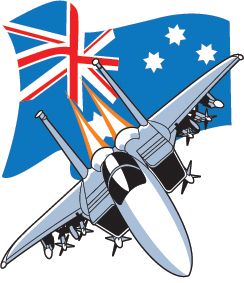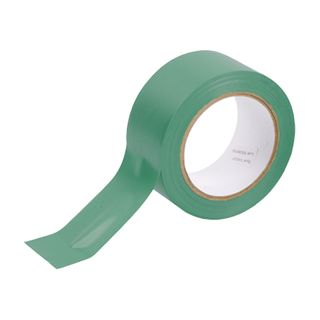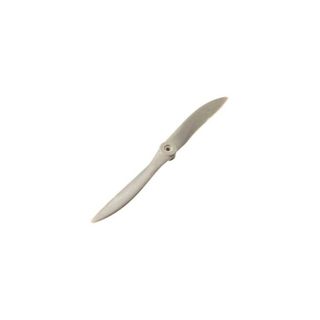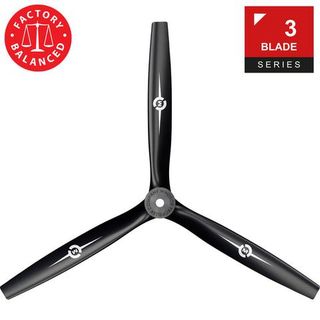
Balsa Usa 1/4 Eaa Bipe Kit 1524Mm Ws .50-.80 2C
Description
BALSA USA KIT No 449 1/4 EAA BIPLANE
The full scale EAA Biplane was designed in the middles sixties by Paul Poberezny and Stan Dizik in cooperation with the Experimental Aircraft Association. It was envisioned to be easily constructed home built that the average person could build without special tools and flew great. The design continues to be very popular today and hundreds of them have been built all over the world. Balsa USA's 1/4 scale model is a faithful rendition of this aircraft.
The 1/4 scale EAA Biplane is fully aerobatic and uses the same semi-symmetrical airfoil used on the full scale aircraft. With over 1000 sq.. inches of wing area with an all up weight of only 8 pounds, our EAA Biplane is a real pussycat in the air. Simple as well as complex aerobatics are easily done, yet the model will slow down to a walk on landing without any tendency to tip stall.
Even though this is a scale model, it is quite easy and straight forward to build. So if you are looking for an excellent first 1/4 scale Bipe at a really good price, the EAA Bipe is for you.
Kit Features:
- Full Sized rolled Plans & Instructions
- Jig & die cut parts
- Pre-bent Wire Landing Gear and Struts
- Basic Hardware Package
- Two Removable "1-piece" bolt on wings
- ABS Plastic Cowl
- Windshield Material
- Decal Set
Specifications:
- Wing span:60 inches
- Wing Area:1058 sq. in.
- Wing Loading:17 1/2 oz./sq. ft.
- Flying Weight:8-9 lbs.
- Fuselage Length:52 1/2 inches
- Engine Size Glow:.60-1.08 2 stroke / .65-1.20 4-Stroke
- Center of Gravity: 4-5/8 inches back from the leading edge of the Top Wing.
- Control Throws:
- Elevator: 1/2 inch up and down.
- Rudder: 1 inch left and right.
- Ailerons: 1/2 inch up and down.
- Aileron Differential: 5/8 inch up and 3/8 inch down (differential recommended).
- Incidence:
- Top Wing: +1-2 Degrees.
- Bottom Wing: -1-0.0 Degrees.
- Tail: 0.0 Degrees.
- Engine Thrust Line: 1 Degrees DOWN, 1-2 Degrees RIGHT.






